In 1931 the road had ten public houses
Please note that this text is an extract from a reference work written in 1990. As a result, some of the content may not reflect recent research, changes and events.
Higher up the road, William Collier House was built in 1986-8 for the Y.M.C.A. to the design of Stuart Hunter and Malcolm Robertson, on the site of the former power station (see “Electricity Supply”). The Brighton Y.M.C.A. was originally founded at 25 Middle Street (formerly the premises of the Brighthelmstone Dispensary) in 1854. It moved to Prince Albert Street in about 1872, and took over Mrs Fitzherbert’s house at 55 Old Steine in 1884. The Old Steine premises are now used as an emergency hostel for sixty-five people; George Williams House at Portslade is used as a second-stage centre, and William Collier House, with ninety-three bed-sits, is for the final stages of rehabilitation. {24,115,123}
Near the top of North Road , Gresham House and the North Road car-park were built on the site of the Grand Theatre which was originally opened as the Hippodrome Circus in 1891 by Fred Ginnett. In 1894 it was converted into the Eden Theatre by Frank Matcham and architects Clayton and Black, and presented a high standard of productions of all types, even challenging the reputation of the Theatre Royal . In 1904 it became the Grand Theatre , the most popular theatre in the town before 1914 presenting mainly variety shows, but on 22 January 1931 the Grand was converted into a ‘talkie’ cinema seating 1,140. Films were presented until late 1940, but it reopened in July 1941 as a theatre once more. The Grand closed in 1955 and was converted into a furniture factory, but it was destroyed by fire in 1961. {3,68,68a,123}
The adjacent Brighthelm United Reformed Church and Community Centre opened on 10 October 1987 and has its main facade, that of the 1825 Hanover Chapel, facing Church Street , but the North Street frontage, by Wells-Thorpe and Suppel Ltd, bears a sculpture by John Skelton depicting the loaves and fishes story. (See ” Church Street ” for more details.)
The Post Office sorting office and former telephone exchange opposite was built in 1926 on the site of the Regent Iron Foundry, an important concern that produced much of the town’s ironwork from the 1810s until 1912; it is commemorated by the adjoining Foundry Street . {83,115}
Any numerical cross-references in the text above refer to resources in the Sources and Bibliography section of the Encyclopaedia of Brighton by Tim Carder.

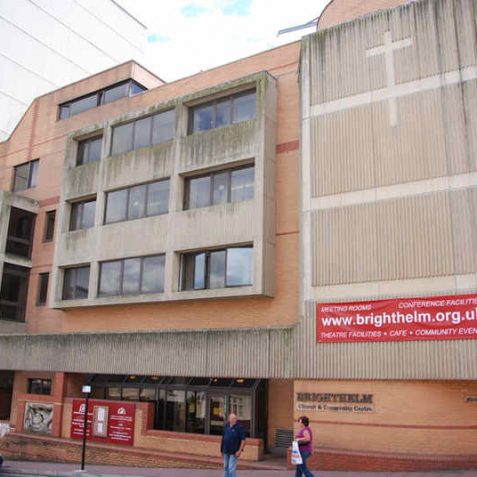

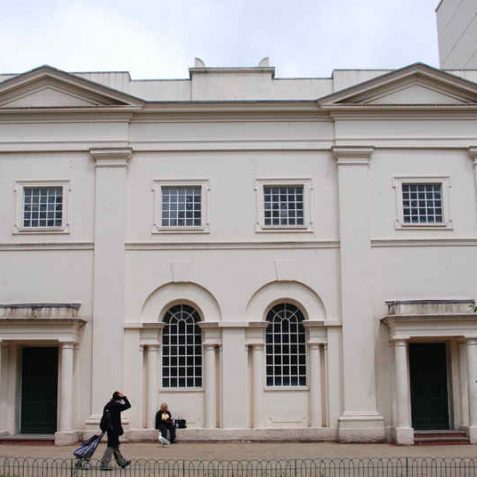
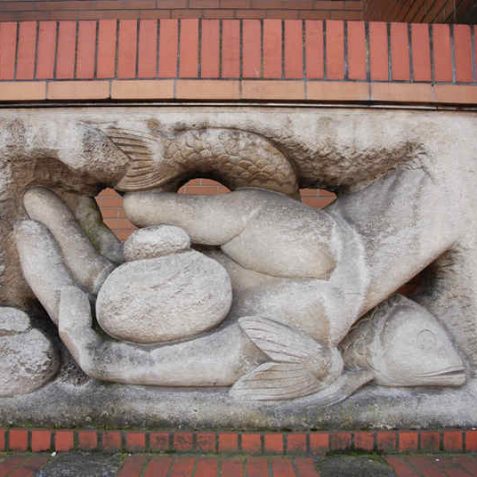
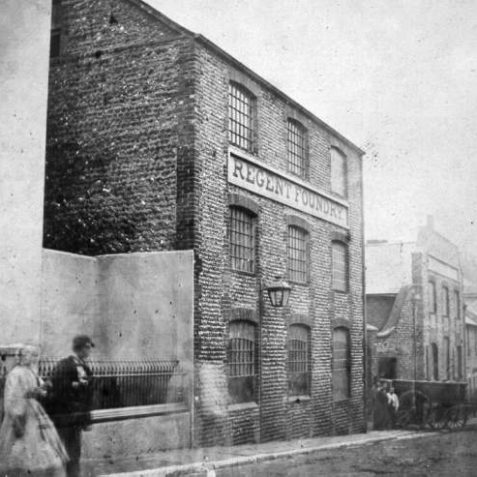

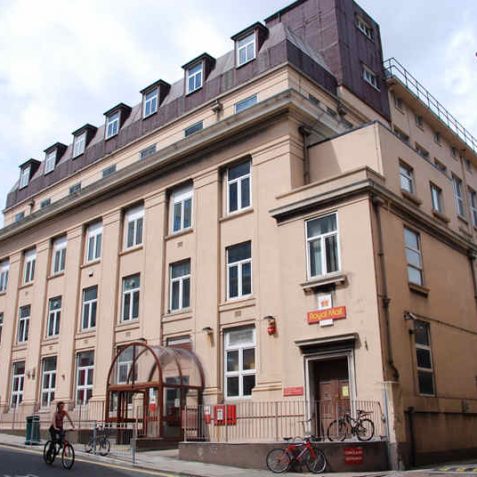




Comments about this page
Two of the pubs were the Dorset Arms, on the left hand side going North, nearly opposite the junction with Kensington Gardens and the Jolly Butchers, near the top of North Road just down from the sorting office. Are they still there? I used to drink frequently in the Dorset Arms 1967-68. The landlord, called Lou I think, was always drunk! My father worked in a hairdresser’s near the top of North Road just down from where the NCP car park now is. It was a very small shop with just two chairs and a small bench for waiting customers. My dad was known as ‘Jock’ by all his customers. Does anyone remember him? He worked there for about 30 years till he suddenly got the sack in the 1980s. [Dave, your posting has been edited, I do hope you understand. Many thanks for your memories. Best wishes, Editing team]
Add a comment about this page